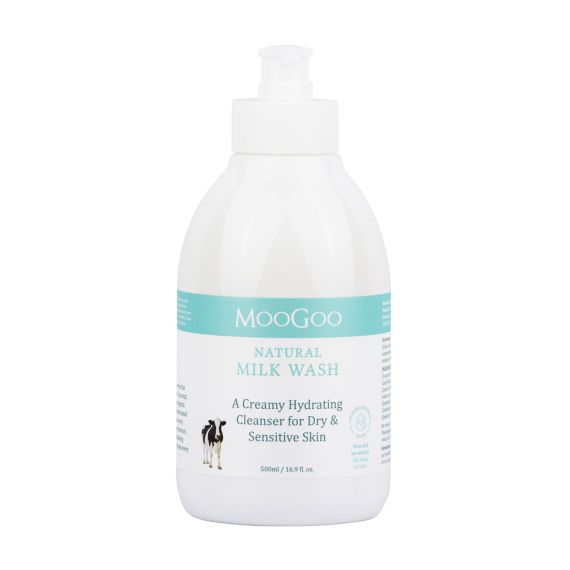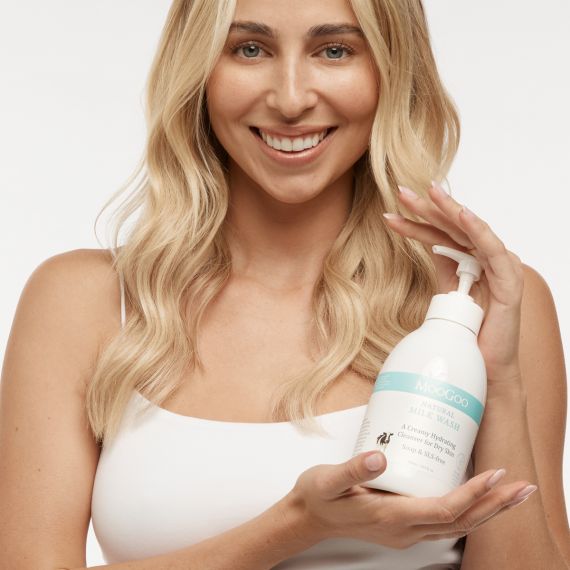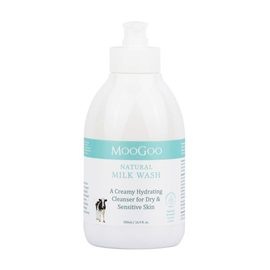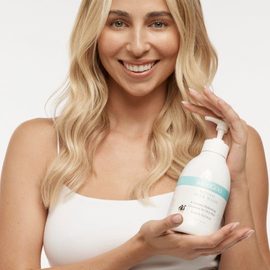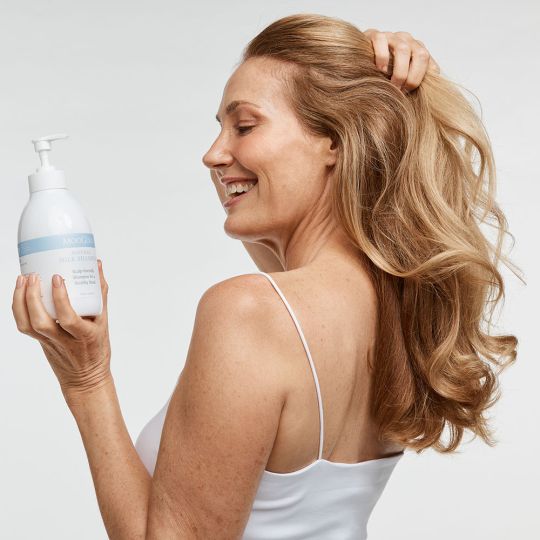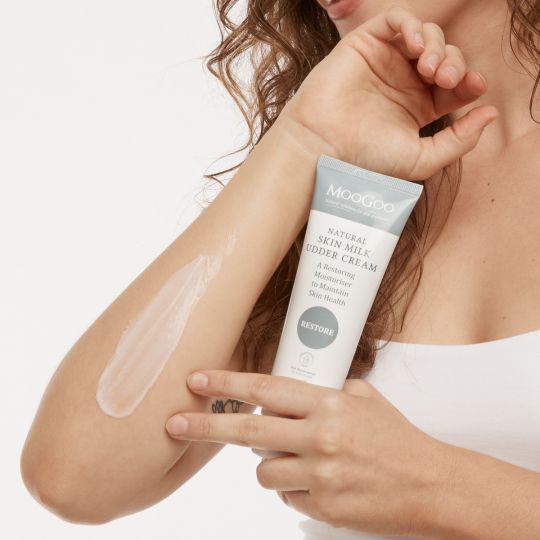How's this different from your Ultra Gentle Cleanser?
While both of our cleansers are wonderfully gentle and designed for even the most sensitive skin, there are a few differences. The primary cleanser in the Ultra Gentle Cleanser with Ceramides is Sodium Cocoyl Glutamate, which is the gentlest cleansing ingredient available anywhere. In saying that, the primary cleanser for our Milk Wash is Cocamidopropyl Betaine, which is also super gentle and non-irritating. Our Milk Wash also does not contain any Ceramides.
What ingredients do you avoid when making a cleanser?
There's lots of things you won't find in our cleansers (or any of our other products for that matter) because they were all formulated for family members and close friends, and we wanted the best for them. We steer clear of ingredients like SLS and SLES, which can be found in many commercial toothpaste, shampoos and hand soaps to floor cleaners and engine degreasers. It’s quite a harsh ingredient and doesn't play nice with skin, often causing dryness, irritation and even skin flare-ups.
We much prefer naturally derived, skin-friendly cleansers because they provide a gentle and thorough cleanse without over-stripping the skin of its natural oils. We also don't use any synthetic preservatives such as Parabens and Phenoxyethanol, although they're still pretty common, even by a few brands that claim to be natural (you know who you are!). We avoid a lot of other things too, but there’s way too many to list here. Instead, we just stick to natural and effective ingredients for healthy skin.
Are your cleansers made of milk?
We aren't called MooGoo because our cleansers are made of milk. If you think about it, putting any meaningful amount of fresh milk into a product and putting it on a shelf in a store for a while would not end well – yuck!
I see fragrance in the ingredients list, what is the fragrance exactly?
When it comes to fragrance, in the past we tried to keep our products fragrance-free as many of our customers were allergic to them. At the same time, the overall response from our customers is that they prefer our cleansers with a subtle fragrance. To do this, we had to make sure that the inclusion of any fragrance wasn't going to compromise the gentleness of our formulas. The main concern with most fragrances is that they’re often made with phthalates. Of course, we don't use these in our formulas because they’re well-known to be irritating to the skin, often causing dryness and itching. Instead, we use a blend of non-irritating, hypoallergenic fragrances that are suitable for even the most sensitive skin. Each part of this fragrance blend is below the EU’s allergy threshold, and we have used it in many of our products for years now without any reactions. The fragrances we use are proprietary blends from a company we work with, so unfortunately, we cannot reveal their exact details. Think of it as our top secret, reaction-free recipe!
Are your cleansers suitable to use on the face?
Yes, all our cleansing products are suitable for use on the face and body. In general, most generic body cleansers are made with very average, cheap detergents that clean the skin. While skin, of course, needs to be cleaned, it doesn't need to be done with harsh ingredients that strip the skin of its natural oils, often leaving it tight and dry. BUT, if your cleanser is made with high-quality, skin-friendly, natural ingredients like ours are, then YES, they're absolutely suitable for use on the more delicate skin of the face, and also suitable for all ages, skin types and genders – the whole family!
Is this product pH balanced? What does that mean?
Yes, it sure is! The pH level of our cleansers is balanced to 5.5, which is similar to human skin. Essentially, pH can be measured from 0 to 14 depending on how acidic or alkaline a substance is. Since our skin sits at a pH of about 5.5, it's slightly acidic. Healthy skin can retain moisture, maintain a robust microbiome and keep irritants away. We of course want to support this, so using a cleanser that's pH balanced to match our skin is one of the best ways to do this. The only exception to this is our Cleansing Bars which have a higher pH, as is the nature of all cold-processed, cleansing bars.
What does "Dermatologically Tested" mean?
You may have seen the term "Dermatologically Tested" on lots of products before, but did you know there's not an actual definition or regulation for this term? Because that didn’t sit right with us, and because our aim is to make products for people with very sensitive skin, we decided to send a bunch of them off to be tested in an independent lab on 54 people who reported having sensitive skin. The results were given on a scale of 0 to 5 with 0 being no irritation or redness and 5 being a reaction. We're happy to report that other than one person who had a reaction to the adhesive on the patch and another who found the patches painful to remove, all subjects reported 0 for redness and irritation for all the products we sent for testing. To check out the full report and summary of the test we did on this product, click here.
Why don't we make different cleansers for different skin types?
We often get asked why we don’t make different cleanser specific to different skin types such as dry, oily, normal or combination skin. While we believe that people have different skin types and different skin needs, if you look closely at ingredient labels, you’ll notice that there often isn't much difference between products specifically made for each variation. In our opinion, we don’t think all the different types of cleansers are needed if you have a good formula (we think ours are pretty darn good). A cleanser made for oily skin would have a higher concentration of cleansers than one made for dry skin, but you can achieve much the same result by varying the amount of cleanser you use or washing your skin twice, if needed.
